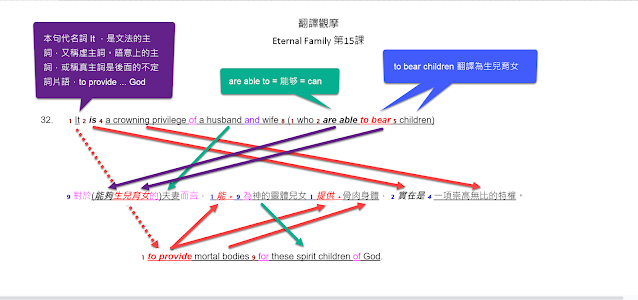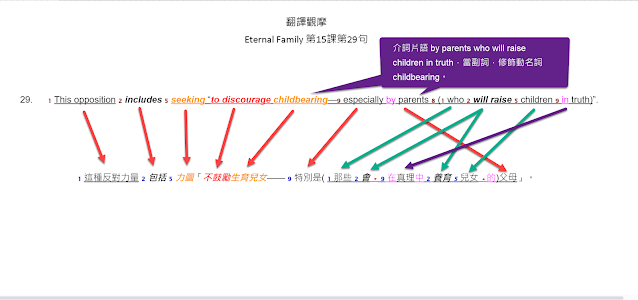Cell parts and their functions
So let's imagine this scenario.
It's cold outside and we want to make a nice hot bowl of chicken noodle soup.
Well, we'd probably need to get the ingredients first.
We need some chicken bones to give the broth that distinct chicken flavor, some noodles to add that starchy component, carrots and onions to give some sweetness and color.
And of course, salt and pepper to provide seasoning.
All of these ingredients would come together to make our chicken noodle soup the comfort food that so many people love, but this video is supposed to be about cells.
You know, those tiny things that make up all living things on earth.
So why am I telling you about chicken soup?
Well, just like how each ingredient in chicken soup adds something unique to the soup's overall flavor
and texture, a cell's different parts add something unique and necessary for the overall functioning of the cell.
So, let's take a look at some of the structures inside a cell and see how their functions come together
to allow cells to carry out all the processes of life.
So let's explore the parts of a cell starting with the cell's surface.
Cells are separated from their outside environment by a cell membrane.
You can think of the cell membrane like a fortress gate, because it regulates what comes into and out of the cell, and contained within the cell is a jelly-like substance that fills out the cell and contains its internal parts, this jelly and all the structures within it make up the cell cytoplasm.
Unlike chicken soup, the cell parts in the cytoplasm are not just floating around.
Instead, they're organized and held in place by an internal structural network.
Some of the parts contained within the cytoplasm are called organelles.
So what exactly are organelles?
Well, organelles are small compartments in the cell that have different structures and functions.
The word organelle basically means, mini organ.
And just like how our bodies are made up of different organs that work together to help us stay alive,
cells contain different organelles that work together to get things done inside the cell.
For example, these jellybean-shaped organelles here are little energy-producing factories
called mitochondria.
So mitochondria use chemical reactions to break down sugar molecules in order to release energy that the cell can use for other tasks.
Another really amazing organelle is the nucleus.
You can think of the nucleus as the information database of the cell.
It contains DNA which includes the cell's genes.
Genes are special instructions that the cell uses to carry out its functions.
Moving over to a plant cell, we can see these green organelles called chloroplasts.
You might remember that plants carry out photosynthesis.
Well, chloroplasts are the organelle's responsible for this process.
Plants need food to live, just like animals do.
And chloroplasts use photosynthesis to produce sugars that plant cells use as food.
Plant cells also have a layer outside their cell membrane called the cell wall, which helps provide structure for the cell.
So as you can see, there are so many different parts that make up a single cell.
There are many, many organelles present in cells, way more than the handful I mentioned in this video.
And what's even more mind blowing is that these diagrams are only simplified versions of what cells actually look like.
And just to give you an idea, here's a picture of what a real cell looks like.
So when we're talking about cells and using these diagrams as references, keep in mind that these pictures are only simplified models of the real thing.
To wrap up this video on cell parts, let's revisit our delicious bowl of chicken noodle soup that I mentioned at the beginning.
Each ingredient that we added had a unique function that contributed to the soup's taste and texture.
And similarly, our cell's ingredients, its organelles and structures, each contribute a unique function
that helps the cell carry out all the tasks necessary for life.
So the next time you find yourself in front of a bowl of noodle soup, just imagine that you're eating one enormous cell.
Now, isn't that something to noodle on?















